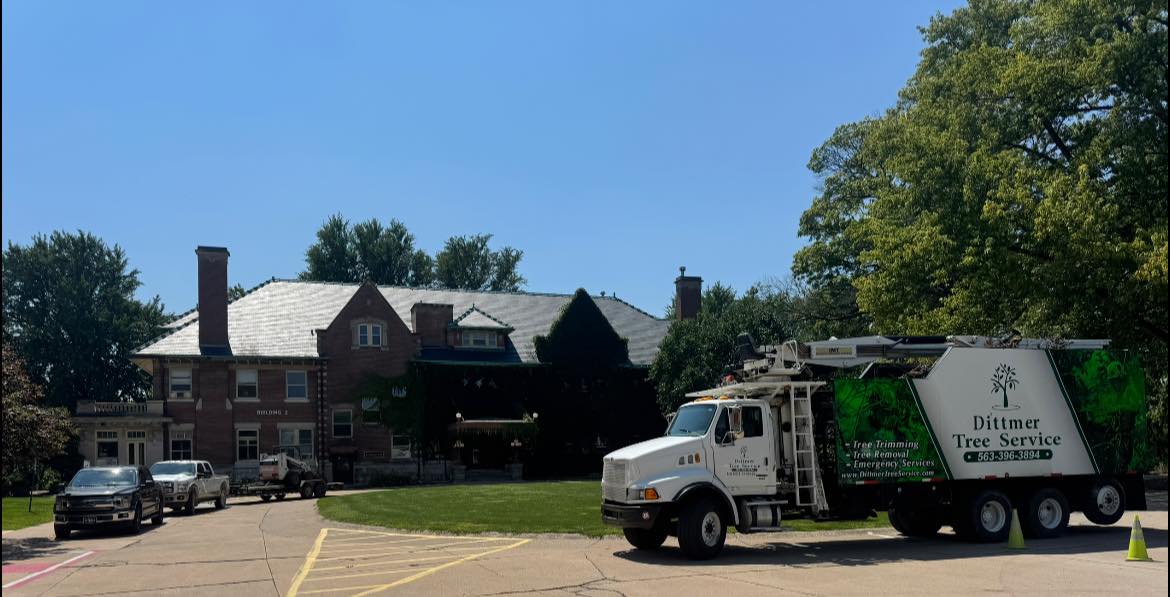
The Art and Science of Winter Tree Pruning Nov 04, 2025
Understanding why winter is an optimal time for tree pruning is key. During the colder months, trees enter a dormant phase, meaning pruning causes less stress to the trees. Winter's lack of foliage makes it easier to see the structure of branches and identify which ones need trimming. Moreover, diseases and pests are less active in the winter, reducing the risk of infections to freshly cut branches.
When approaching winter tree pruning, safety should be your top consideration. Always inspect your equipment beforehand, ensuring all tools such as saws, loppers, and shears are sharp and clean. This not only makes for efficient cuts but also minimizes the chance of disease introduction. Pruning at the wrong angle or cutting too close to the trunk can harm the tree and impede healing, so proper technique is crucial.
Now, let’s delve deeper into the art and science of pruning with some basic techniques. Begin by removing dead or diseased branches; these are your first targets. Dead branches can fall without warning, posing a safety risk. Diseased branches, left unchecked, can weaken the tree and spread illness. Next, focus on removing branches that cross or rub against each other. These can create wounds that become entry points for pests and disease.
Strategic thinning is another vital practice. This involves removing select branches to increase light penetration and air circulation throughout the canopy. A well-thinned tree is less likely to succumb to wind damage and grows with better form and vigor. Pay special attention to shaping the tree, maintaining its natural form, and avoiding unsightly stubs, which can lead to decay and disease entry.
Fruits and ornamental trees demand special attention. For fruit trees, winter pruning is essential for promoting new growth and maximizing next season’s yield. Ensure that you are aware of the specific needs for different species, as improper pruning can limit growth and fruit production. Similarly, ornamental trees have unique pruning requirements based on their species, and incorrect methods can harm their aesthetically appealing forms.
Concluding your tree pruning task with a cleanup is important. Properly dispose of all removed branches and leaves to prevent any potential spread of disease and maintain the tidiness of your property. Additionally, consider using mulch created from pruned branches as a sustainable practice to enrich garden soil and retain moisture around your trees.
In summary, winter tree pruning is both an art and a science that combines the careful consideration of the tree’s biological needs with aesthetic pruning techniques. The team at Dittmer Tree Service stands ready to assist with professional expertise, ensuring your trees not only survive but thrive in the winter months. By engaging in appropriate pruning practices, you can enhance the beauty and health of each tree, encouraging lush, vibrant growth come springtime.
Contact Dittmer Tree Service for a consultation or to schedule your winter pruning session. Let us help you maintain the majestic charm and good health of your trees all year round.
/filters:no_upscale()/media/a1f81c15-a784-48a6-9e6d-33775ded4d36.jpeg)